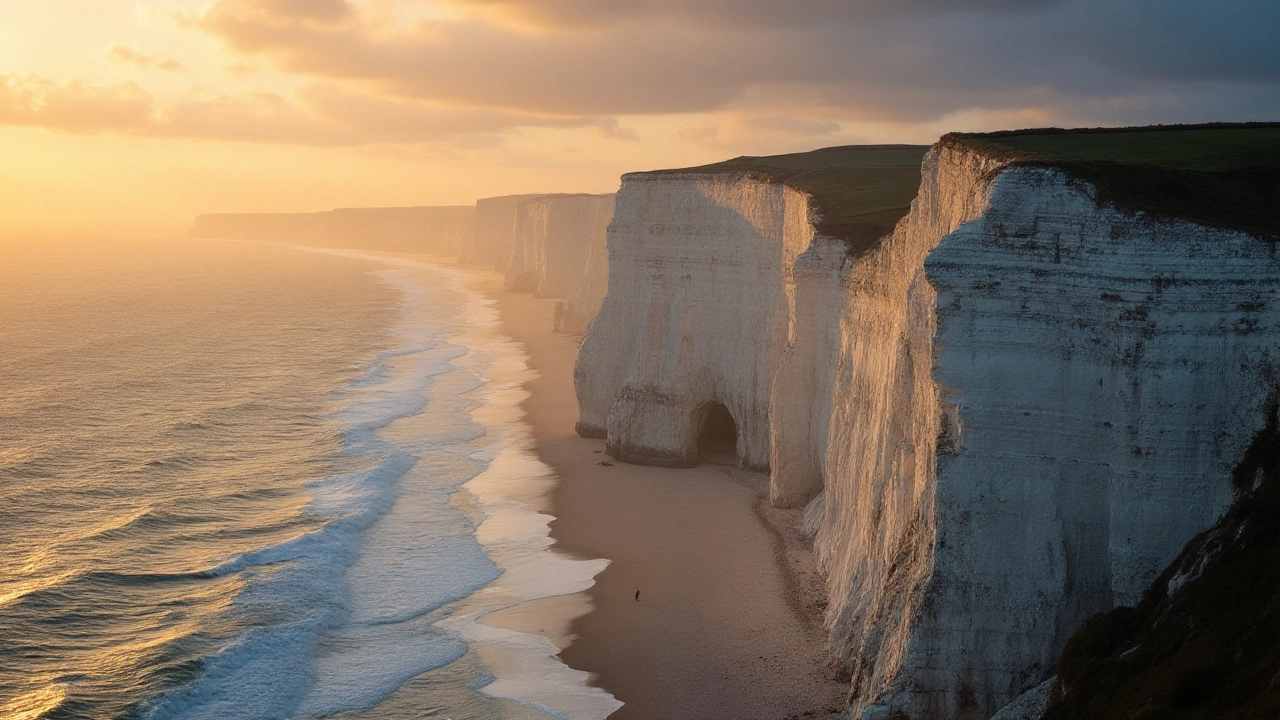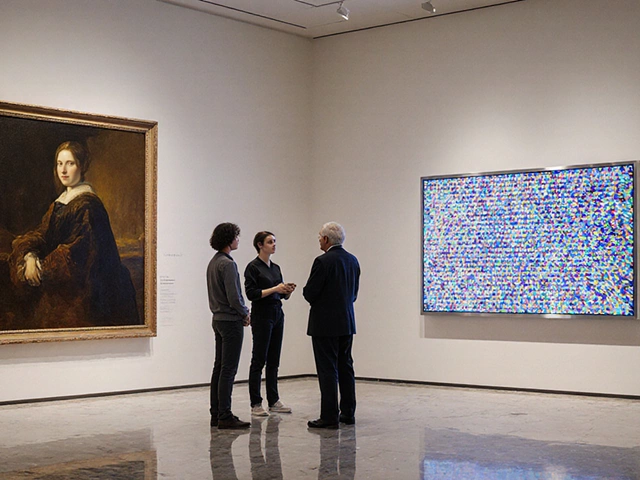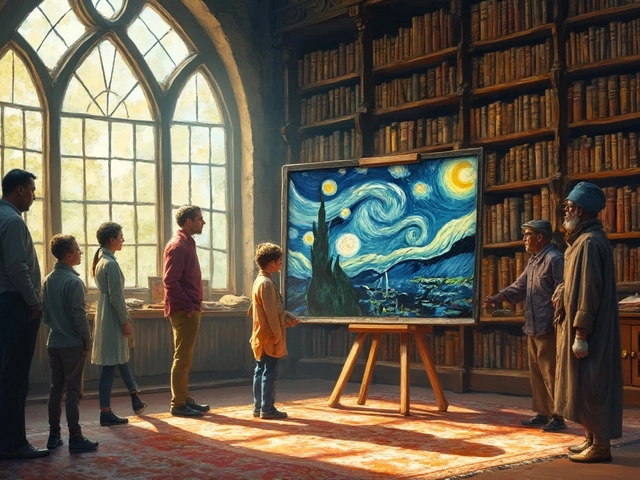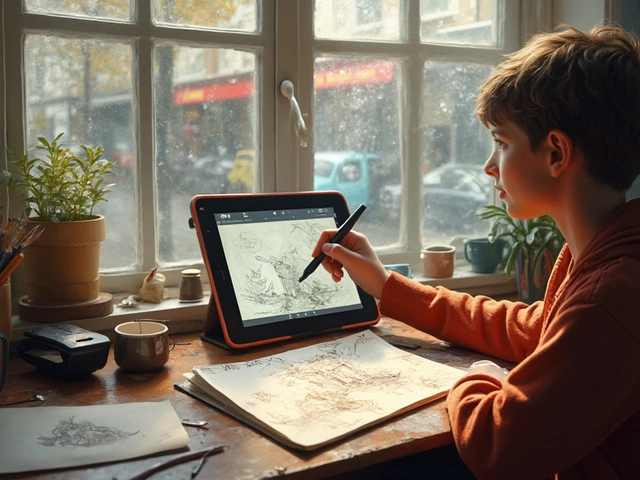Photo Orientation: Mastering Landscape and Portrait Views
When working with photo orientation, the way an image is framed as portrait or landscape, shaping how viewers perceive the scene. Also known as image layout, it influences composition, storytelling, and technical choices. Understanding landscape photography, capturing wide‑angle views that emphasize scenery and depth and portrait orientation, vertical framing that highlights subjects and creates intimacy helps you pick the right mode for each shoot. Tools like image editing software, programs such as Photoshop or GIMP used to rotate, crop, and fine‑tune orientation are essential for fixing mistakes on the fly. Photo orientation requires thoughtful composition, and the right software can influence the final layout.
Why Orientation Shapes Your Composition
Every photograph starts with a composition plan. The rule of thirds, leading lines, and balance all react differently whether the canvas is wide or tall. A landscape frame lets you stretch the horizon, giving room for foreground‑to‑background depth, while a portrait frame draws the eye upward, perfect for subjects that need height, like a tall tree or a full‑body portrait. This simple shift changes the visual story: orientation dictates where you place focal points and how you guide the viewer’s eye. In practice, photographers often sketch a quick thumbnail to see which orientation best serves the narrative before pressing the shutter.
Camera hardware also plays a part. Most digital sensors capture a 3:2 or 4:3 rectangle, but you can lock the aspect ratio to 16:9 for video or 1:1 for Instagram. When you rotate the camera, the sensor’s pixel grid stays the same; the software merely crops the edges to fit the chosen orientation. Knowing this, you can anticipate how many pixels you’ll lose when switching from landscape to portrait, ensuring you keep enough resolution for large prints or web use.
Beyond stills, digital artists face the same orientation choices when setting up a canvas. A wide canvas encourages panoramic scenes or multi‑panel illustrations, while a tall canvas suits character studies or vertical infographics. The orientation you select at the start influences brush size, layer organization, and even the final file size, especially when exporting for print versus screen.
Social media platforms have baked‑in orientation preferences that affect engagement. Instagram’s feed favors square and portrait images, giving vertical shots more screen real estate, while Pinterest leans toward tall pins to maximize scroll impact. Knowing which orientation performs best on each platform lets you tailor your shots for higher likes, shares, or clicks, turning a simple framing decision into a marketing advantage.
Practical workflow tip: decide on orientation before you shoot. Use your camera’s viewfinder or LCD to toggle between landscape and portrait modes, and frame your subject accordingly. After the shoot, open the image in your favorite editing software, rotate if needed, and apply a subtle crop to fine‑tune the composition. Remember that rotating an image does not change its intrinsic perspective; it only redefines how the scene fills the frame.
Now that you’ve seen how orientation touches composition, hardware, digital creation, and online sharing, you’re ready to explore the articles below. Each post dives deeper into specific tools, techniques, and case studies that will help you master the art of choosing the right layout for any visual project.

Landscape photography and painting often evoke the image of wide, sweeping vistas captured horizontally. However, exploring vertical compositions can reveal unique and unexpected perspectives. This article delves into the artistic possibilities of both orientations. It looks at historical and modern examples, offering practical tips for artists hoping to expand their creative repertoire.





